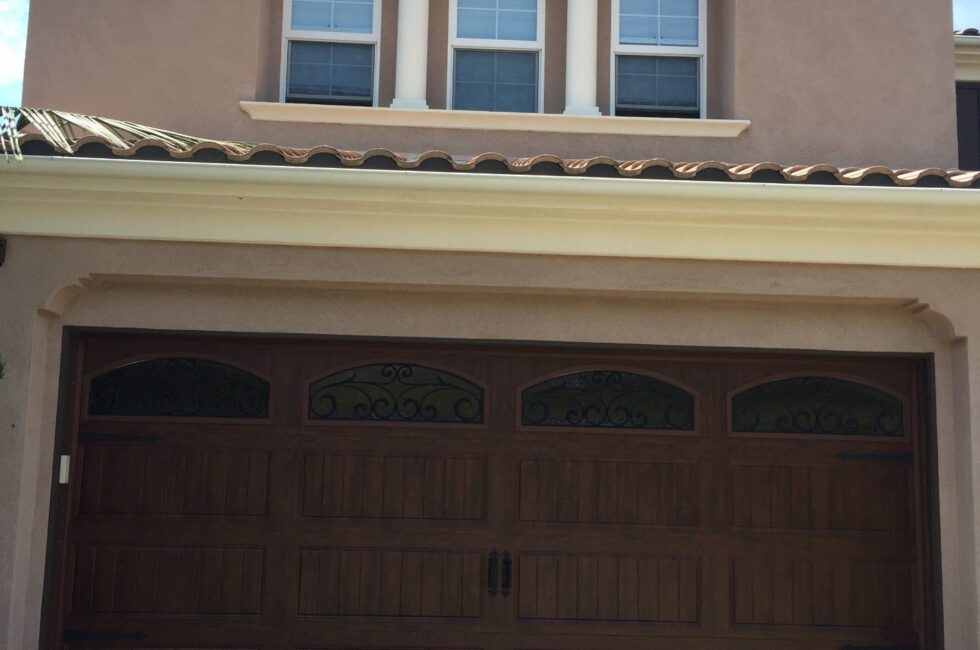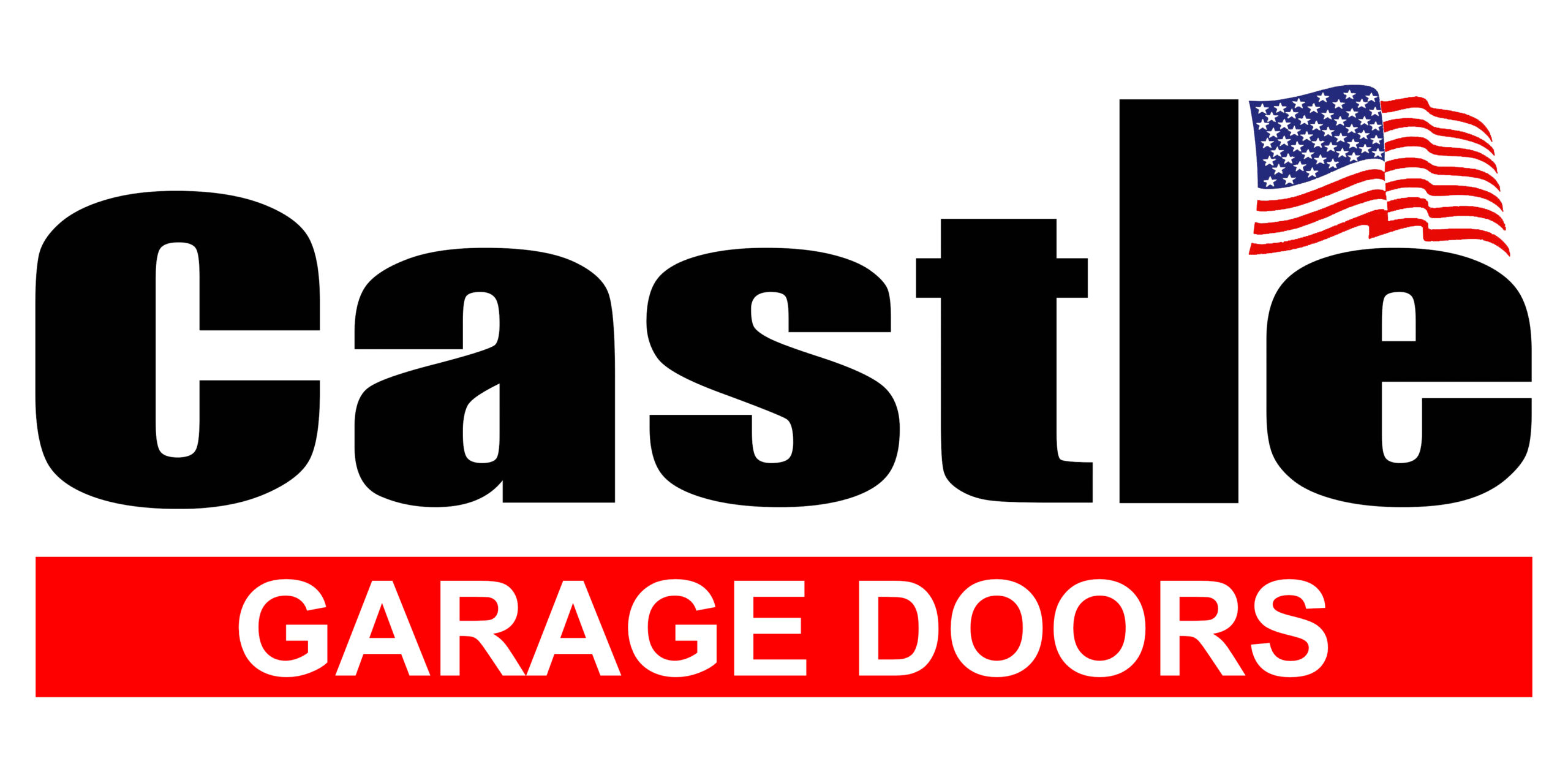By Alan J. Heavens If a seller is making improvements on there Castle, they have to be the right ones. Perhaps just new appliances or a new sink, said Ruth Feldman of Weichert Realtors/McCarthy Associates in Philadelphia. “A new kitchen or bath with the wrong layout or amenities will hurt the sale,” she said. “If a new deck or finishing the basement will expand the space in a very small house, then that might make sense or be worth the money, even if [the sellers] don’t see the exact dollar return, as it would make a big impact.” In a continuing climate of tight credit, getting the money to pay for home improvements is difficult, unless your pockets are very deep. “The home-equity loans and lines of credit are just fancy names for a second mortgage, and that market is a bit tough,” Philadelphia mortgage broker/Realtor Fred Glick said. “Most banks are still going up to 80 percent loan-to-value, and I actually have one lender that will do 85 percent,” he said. “But credit must be very, very good, and full income documentation is a must, along with a real appraisal that needs to be done, not just a drive-by.” The old fashioned home-improvement loan? Very hard to come by, Glick said. Remodeling has slowed nationwide. San Diego architects were hit hard as real estate sales dwindled after the home buyers’ tax credit expired June 30. And the index used by the American Institute of Architects to measure future spending on construction fell in October after rising in September, the first increase since January 2008. Reluctance by lenders to provide credit and the sluggish economy “are the main impediments to a revival of the design and construction industry,” said Kermit Baker, the institute’s chief economist. If it has been four or five years since the last major renovations to your house, experts recommend doing things to make it a nicer place to live today – but not to overdo it. Not surprisingly, as buyers expect more for less and are reluctant to do wholesale renovations themselves in these tough economic times, the paybacks on remodeling projects are relatively modest. According to Remodeling magazine’s annual Cost vs. Value Report, the best way to spend big home-improvement money in the San Diego area is on an attic-bedroom remodeling, which will recoup 76.8 percent of its cost. A project like that can run an average $61,186 for a 15-by-15-foot space with a 5-by-7-foot bathroom. There are no guarantees, of course. And, as a general rule, San Diego real estate agents say, smaller changes that show better bring more reliable returns. Spending just $1,500 on a new Castle garage door will return $1,168, or 79.8 percent, when you sell the house, according to the Cost vs. Value Report, which is based on interviews with real estate agents and remodeling contractors. A steel entry door costing $1,440 will return 74.4 percent. Garage and entry doors fall into the category of “deferred maintenance” for many homeowners. “Catching up with deferred maintenance is money well spent because this is the area that causes offers to come in lower than what the market will bear,” said Noelle Barbone, office manager of Weichert Realtors in Media. Improvements With Impact Project / Cost / Payback Garage door / $1,463 / 79.8% Attic bedroom / $61,186 / 76.8% Entry door (steel) / $1,440 / 74.4% Deck (wood) / $12,308 / 61.7% Deck (composite) / $16,981 / 58.9% Major kitchen remodel / $64,917 / 66.2% Minor kitchen remodel / $23,527 / 62.6% Vinyl siding / $12,854 / 67.8% Roof replacement / $24,995 / 56.4% Basement remodel / $77,304 / 56.4% Bathroom addition / $48,083 / 48.8% Home office / $31,716 / 42.1% SOURCE: Remodeling magazine’s 2011 Cost vs. Value Report Home improvement garage door projects worth the investment. Big home remodeling projects may not be worth the investment By Alan J. Heavens If a seller is making improvements on there Castle, they have to be the right ones. Perhaps just new appliances or a new sink, said Ruth Feldman of Weichert Realtors/McCarthy Associates in Philadelphia. “A new kitchen or bath with the wrong layout or amenities will hurt the sale,” she said. “If a new deck or finishing the basement will expand the space in a very small house, then that might make sense or be worth the money, even if [the sellers] don’t see the exact dollar return, as it would make a big impact.” In a continuing climate of tight credit, getting the money to pay for home improvements is difficult, unless your pockets are very deep. “The home-equity loans and lines of credit are just fancy names for a second mortgage, and that market is a bit tough,” Philadelphia mortgage broker/Realtor Fred Glick said. “Most banks are still going up to 80 percent loan-to-value, and I actually have one lender that will do 85 percent,” he said. “But credit must be very, very good, and full income documentation is a must, along with a real appraisal that needs to be done, not just a drive-by.” The old fashioned home-improvement loan? Very hard to come by, Glick said. Remodeling has slowed nationwide. San Diego architects were hit hard as real estate sales dwindled after the home buyers’ tax credit expired June 30. And the index used by the American Institute of Architects to measure future spending on construction fell in October after rising in September, the first increase since January 2008. Reluctance by lenders to provide credit and the sluggish economy “are the main impediments to a revival of the design and construction industry,” said Kermit Baker, the institute’s chief economist. If it has been four or five years since the last major renovations to your house, experts recommend doing things to make it a nicer place to live today – but not to overdo it. Not surprisingly, as buyers expect more for less and are reluctant to do wholesale renovations themselves in these tough economic times, the paybacks on remodeling projects are relatively modest. According to Remodeling magazine’s annual Cost vs. Value Report, the best way to spend big home-improvement money in the San Diego area is on an attic-bedroom remodeling, which will recoup 76.8 percent of its cost. A project like that can run an average $61,186 for a 15-by-15-foot space with a 5-by-7-foot bathroom. There are no guarantees, of course. And, as a general rule, San Diego real estate agents say, smaller changes that show better bring more reliable returns. Spending just $1,500 on a new Castle garage door will return $1,168, or 79.8 percent, when you sell the house, according to the Cost vs. Value Report, which is based on interviews with real estate agents and remodeling contractors. A steel entry door costing $1,440 will return 74.4 percent. Garage and entry doors fall into the category of “deferred maintenance” for many homeowners. “Catching up with deferred maintenance is money well spent because this is the area that causes offers to come in lower than what the market will bear,” said Noelle Barbone, office manager of Weichert Realtors in Media. Improvements With Impact Project / Cost / Payback Garage door / $1,463 / 79.8% Attic bedroom / $61,186 / 76.8% Entry door (steel) / $1,440 / 74.4% Deck (wood) / $12,308 / 61.7% Deck (composite) / $16,981 / 58.9% Major kitchen remodel / $64,917 / 66.2% Minor kitchen remodel / $23,527 / 62.6% Vinyl siding / $12,854 / 67.8% Roof replacement / $24,995 / 56.4% Basement remodel / $77,304 / 56.4% Bathroom addition / $48,083 / 48.8% Home office / $31,716 / 42.1% SOURCE: Remodeling magazine’s 2011 Cost vs. Value Report
BIG HOME REMODELING PROJECTS MAY NOT BE WORTH THE INVESTMENT





